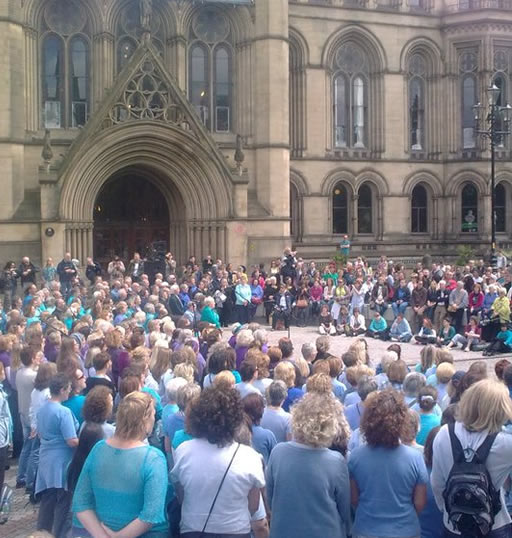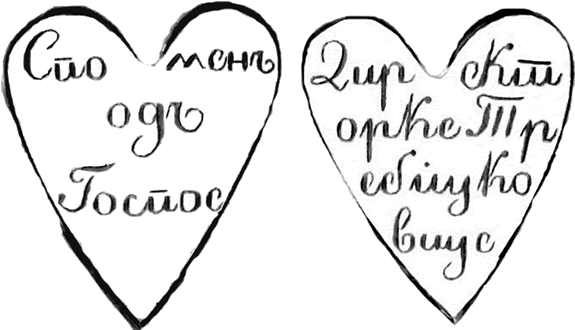In April this year I was offered a free subscription to a Rocket Languages course in return for writing a review. My plan was to write the review after completing the course, however I realise that it’ll take me quite a while to work my way through the entire course so decided to write the review now.
A bit of background
Rocket Language courses are primarily provided online, though the courses are also available on CDs. The company was started in 2004 by Jason Oxenham and Mark Ling, who wanted to create an online Spanish course that was fun and easy to use, and that gave students the confidence to speak the language as soon as possible. The course proved popular, and the company now offers courses in Spanish, Korean, Japanese, Italian, Hindi, German, French, Mandarin Chinese, Arabic, ASL and English for Spanish speakers.
Why Hindi?
I wanted to try out the course in a language I didn’t know at all, which narrowed the choice down to ASL and Hindi. I chose Hindi because I know a number of people who speak it and I thought it might be interesting and useful to know. While this review focuses on Rocket Hindi, it is relevant to the other courses as they have a similar structure.
Details of the course
When you log into your Rocket Language course you see a welcome screen featuring links to Your Course, which contains all the language lessons; Your Motivation, which contains tips on learning languages, improving your memory, measuring your progress and so on, and Your Community, which links to the learners’ forums for the language you’re learning, and also for the other languages offered by Rocket Languages.
The course is split into two stages: stage 1 includes sections entitled Greetings and Meetings, The Perfect Tourist, In Town and Food and Drink. Stage 2 has sections entitled Retail Therapy, Family and Friends, Activities and Hobbies and a review section. There is also a section called the Survival Kit, which contains lessons on body parts, city, clothing, colours countries, days, food, house, numbers. In addition, you can download a piece of software called MegaHindi, which tests you on vocabulary with a number of quizzes.
Each lesson features a short conversation in Hindi which is presented in the Devanagari alphabet, in Romanized form and in English. You can listen to just the conversation, or listen to the full lesson, which is narrated by an American with the Hindi parts spoken by native speakers of Hindi. The lessons go through the conversation line by line explaining what all the words mean and how they go together. It explains how the words and structures can be used to make other sentences, and encourages you to make your own sentences. Lessons after the first one also review the conversation from the previous lesson and encourage you to go back to that lesson if you don’t understand everything.
Additional vocabulary used in the lessons is provided, and the end of each lesson you can test whether you have absorbed everything with the Rocket Review – a short quiz on the recorded lesson, and with a written quiz. You can save words into a custom dictionary, and make notes as well.
As well as the main language lessons, there are also lessons on language and culture. These are written lessons which introduce you to various aspects of the culture and include relevant words and phrases with recordings. Within these lessons you can also learn the Devanagari alphabet.
When you have completed each stage there is a comprehensive test on everything covered in that stage. If you score 80% or more, you pass the test and receive a certificate by email. The course aims to take you to A2 level of the Common European Frame of Reference for Languages.
My assessment
So far I have only completed part 1 of stage 1 and have learnt greetings, how to talk about myself, ordering food and drink, booking a hotel and such like. I need listen to each lesson several times before I can understand and produce all the words and phrases, and am gradually becoming more familiar with the sounds, rhythms, structures and the Devanagari alphabet. I would prefer more explanations of the grammar and a more standard Romanization system. The system used looks like this: kaisee haiM aap? (कैसी हैं आप?) – How are you?, while I’m more familiar with the UN system, in which that phrase would be kaisī haiṅ āp? It would also be very useful to have a lesson or some lessons showing you how to write the Devanagari letters and numerals by hand. In the absence of this, I found the SOAS Hindi Script Tutor very useful.
The course has a similar structure to other courses I’ve tried, including Teach Yourself, Colloquial and Pimsleur courses. It covers a lot more material than Pimsleur, though perhaps not quite as much as the Teach Yourself and Colloquial courses – they tend to have more grammatical explanations and exercises, but only the dialogues and some of the exercises are recorded. With the Rocket Language courses every bit of foreign text is recorded, so you’re not left wondering how to pronounce something. The Rocket conversations are recorded at normal conversational speed, I think, and the speakers pronounce things clearly. When explaining words and phrases they pronounce them more slowly and break up some words into syllables.
While the Rocket courses are primarily provided online, you can order an offline version on CDs, and you can also download all the mp3 files and listen to them whenever you like. This feature appeals to me as it means I don’t need to be online or tied to my computer to use the course. I have also made PDFs of all the lessons as well, so can peruse offline if I choose.
The Rocket Language courses seem to be aimed mainly at people who have little of no previous language learning experience and who are planning to visit a country where the language they’re learning is spoken. The conversations I’ve listened to and studied so far are mainly focused on language useful to tourists, however the lessons also show how the phrases used can be applied to different situations, so are useful even if you’re not planning a trip to a relevant country.
How much does it cost?
The online version of each Rocket Language costs US$149, which gives you unlimited, lifetime access to the course, and to any changes and improvements to it. The offline version on CDs costs US$299. Discounts are often available, and free 60-day trials are offered for all languages. These costs compare very favourably with Rosetta Stone and Pimsleur courses, though are more than Teach Yourself and Colloquial courses.
Do I recommend it?
Yes, definitely. I have enjoyed this course so far and hope to complete it eventually. I have successfully tried out some of the phrases on Hindi-speaking friends, and when I listen to online Hindi radio broadcasts, such as BBC Hindi, I am starting to pick odd bits and pieces.

